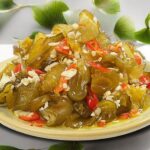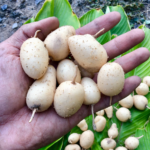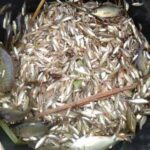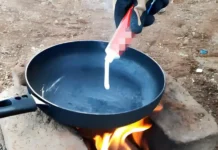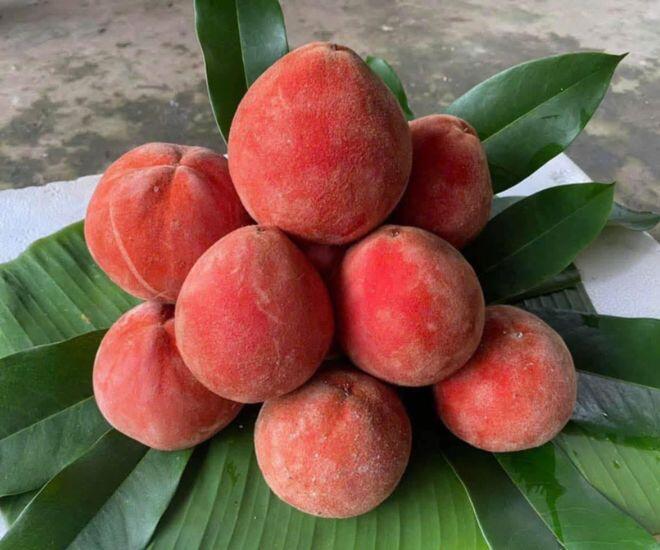
The velvet persimmon, a hardwood tree belonging to the ebony family, is also known as the Philippine persimmon. Its lush, broad canopy remains largely pest-free and retains its foliage year-round. This resilience makes it both an ornamental gem and a versatile cultivator across diverse climates, particularly thriving in the fertile soils of Vietnam’s Mekong Delta. The fruit transitions from pale green to golden and finally to a deep crimson when ripe, resembling small peaches adorned with a fine, velvety fuzz. While this fuzz lends the tree its name, it also necessitates caution during consumption.
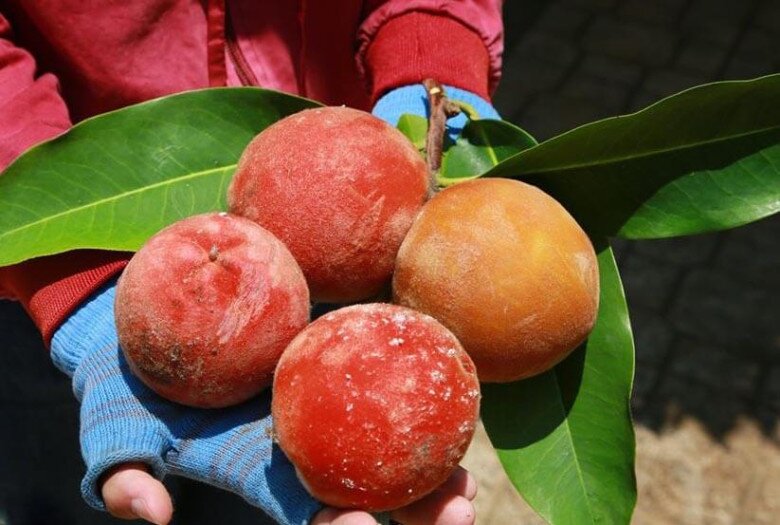
Historically, locals in Sóc Trăng cultivated velvet persimmons primarily as ornamental trees, especially within temple grounds. A prime example is the Four-Faced Temple, where these trees once provided shade and bore vibrant red fruit each summer. Initially, the velvet persimmon was valued more for its aesthetic appeal and fragrant aroma than its economic potential. Children often gathered beneath the trees for shade, savoring fallen fruits. Pilgrims visiting the temple were captivated by the scent of ripe fruit, gradually sparking interest in acquiring saplings for cultivation.
Over the past 5–6 years, demand for velvet persimmons has surged. Initially, tourists and Buddhists sought the tree for its ornamental value, drawn to the pleasant fragrance of its leaves, branches, flowers, and fruit. As awareness spread, the fruit gained recognition for its unique flavor, cleanliness, and distinct aroma. What began as a temple ornamental has evolved into a dual-purpose crop, prized both for its aesthetic and culinary qualities.
One of the velvet persimmon’s standout features is its year-round flowering capability. Blooms typically last 10–15 days, followed by fruiting, with peak harvest season spanning May to November. The fruit is oval, encased in a thin, velvety reddish-brown skin when ripe. The flesh is soft, subtly fragrant, and sweet, making it highly palatable. Currently, two varieties exist: seeded and seedless. The seedless variety is particularly favored for its convenience.
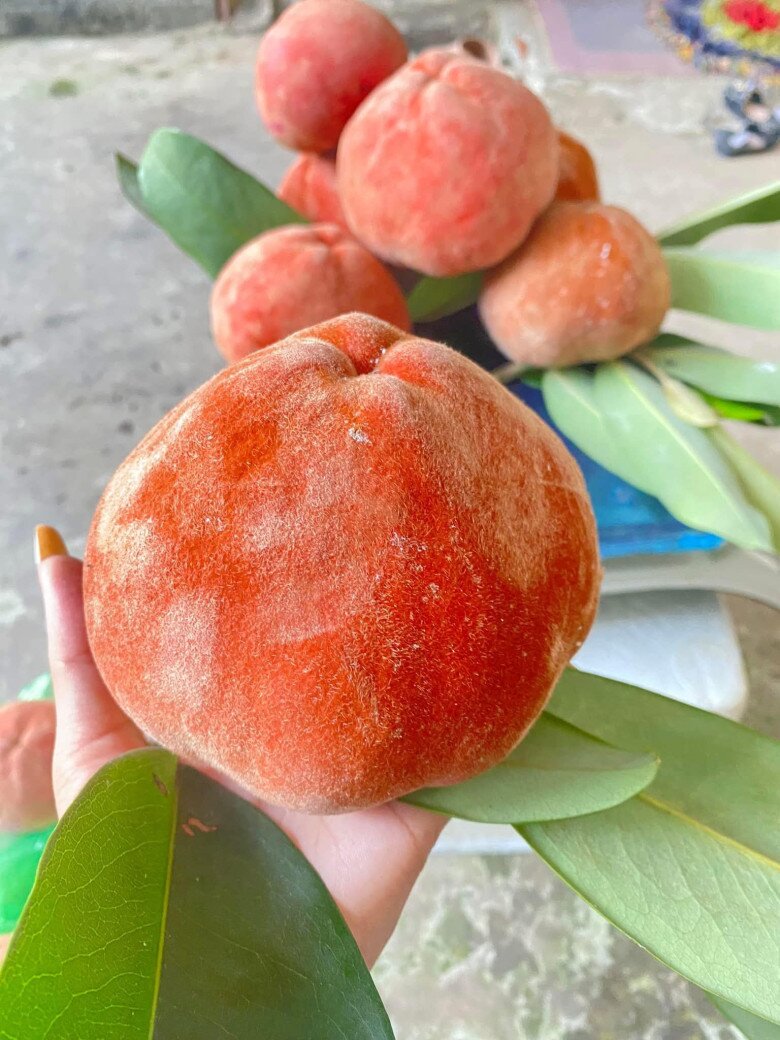
When enjoying velvet persimmons, proper handling is essential. The fine fuzz on the skin can cause irritation upon contact, so it’s advisable to wash or peel the fruit before consumption. Ripe fruit can be eaten fresh or chilled for added refreshment. Many liken its flavor to traditional persimmons, enhanced by a delicate aroma and mild sweetness without overpowering tartness.
For cultivators, velvet persimmons are relatively low-maintenance but require specific conditions. Local farmers recommend planting during the rainy season in well-drained soil to prevent waterlogging. Direct exposure to harsh sunlight should be avoided to prevent leaf scorch. After 3–4 years, trees begin bearing fruit, contingent on soil quality. Notably, not all trees produce fruit, as some are male and only flower. Large-scale growers often plant multiple trees to ensure consistent yields.
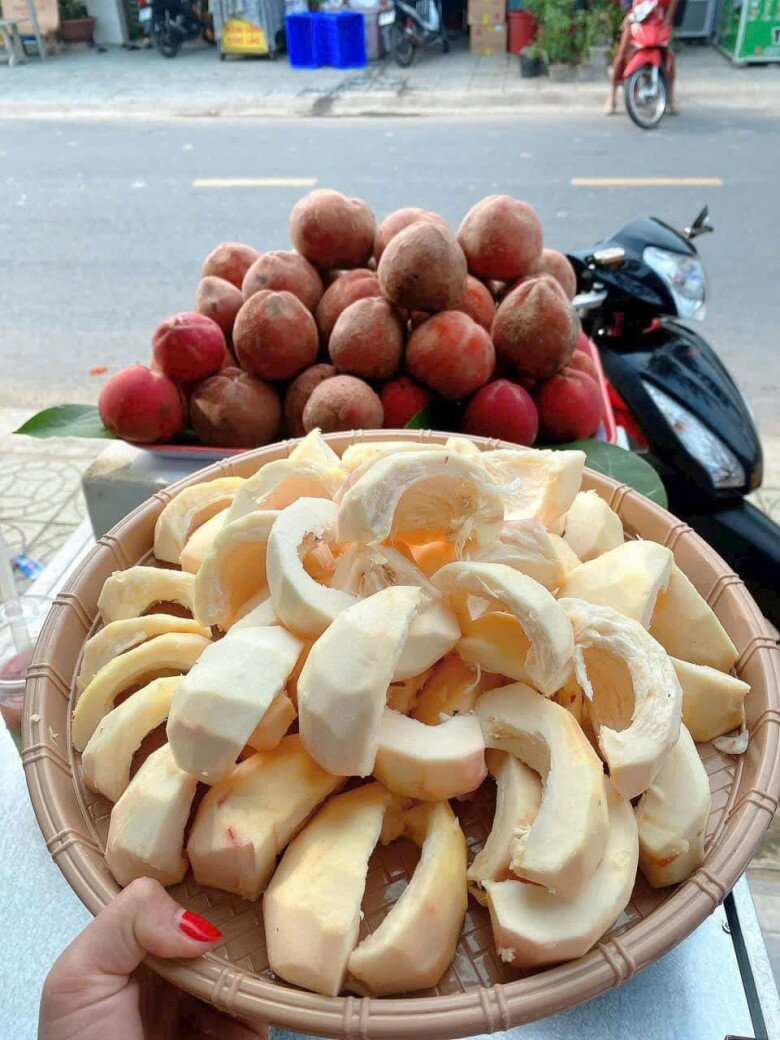
Capitalizing on rising demand, many households in Sóc Trăng now cultivate velvet persimmons for both shade and harvest. Some grow a few trees in their yards, while others invest in hundreds for fruit and sapling sales. Traders have incorporated the tree into landscaping projects and expanded sapling markets across provinces. Annually, Sóc Trăng supplies tens of thousands of saplings, priced between 30,000 and 400,000 VND per tree based on size. Ripe fruit fetches 50,000 to 70,000 VND per kilogram, popular in both the Mekong Delta and major cities.
Notably, velvet persimmons are cultivated naturally, without chemical fertilizers or pesticides, ensuring clean, safe produce aligned with current consumer trends. Beyond culinary appeal, the crop offers sustainable economic benefits. Many families in Sóc Trăng rely on it for income, selling both fruit and seeds for propagation.
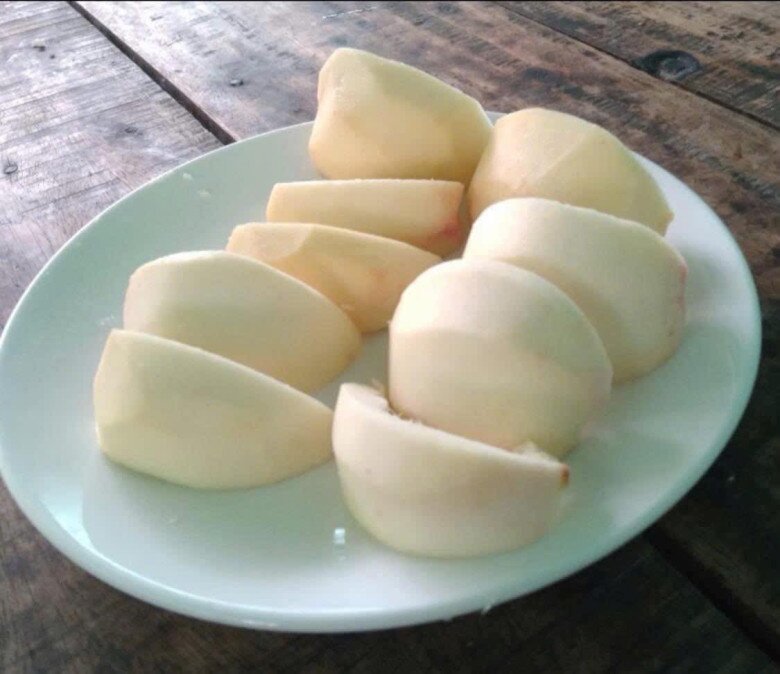
Sóc Trăng is integrating velvet persimmons into the OCOP program (One Commune, One Product) to establish the fruit as a signature local product and expand market reach. This initiative aims to elevate the fruit’s status from temple ornamental to exportable specialty. Promoting velvet persimmons also enriches Sóc Trăng’s tourism appeal, highlighting its unique produce alongside its renowned temples, festivals, and Khmer culture.
In agricultural terms, velvet persimmons demonstrate high adaptability to the Mekong Delta’s climate, resistance to pests, ease of cultivation, and stable yields. Coupled with growing demand, this crop holds strategic potential, balancing economic returns with environmental sustainability. Its recent rise underscores the importance of diversifying agricultural products beyond traditional fruit varieties.
With its enchanting fragrance, mild sweetness, visual appeal, and cultural significance in Sóc Trăng, the velvet persimmon is a true gift of nature from the Mekong Delta. With proper development and investment, it can transcend local borders, becoming a national agricultural hallmark and even a global export. From temple shade to regional specialty, the velvet persimmon continues to enrich Sóc Trăng’s agricultural diversity and sustain local livelihoods.
The Beach, a Short Drive From Ho Chi Minh City, as Visited by Phuong Khanh: A Seafood Paradise With Rustic Charm.
The newly crowned Miss Earth 2018, Nguyen Phuong Khanh, took to her personal page to share vibrant and ethereal snapshots from her recent visit to her hometown of Ben Tre, a quaint coastal town in Vinh Long Province. The breathtaking backdrop of the rustic beachside setting provided a perfect contrast to the lively and enchanting beauty of the young environmental advocate.
“The Underground Treasure”: A Delicacy with a Unique Name, Harvested Once a Year, This Dish is a Nostalgic Taste of Childhood for Many in the Mekong Delta Region of Vietnam.
“A treasured delicacy in the Mekong Delta region of Vietnam, the humble ‘củ lùn’ or ‘knee-high taro’ is a seasonal treat, with a harvest that graces the tables of locals just once a year. This peculiar yet endearing name evokes a sense of nostalgia for many, transporting them back to their childhoods spent in the lush and bountiful waterways of the South.”

























